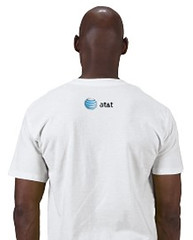
Ever since online merchandising became possible, candidates have been looking for ways to employ it for fundraising purposes. According to the Tribune’s Washington Bureau (hat tip: The Hotline), at least one candidate is looking to push the possibilities. Hillary Clinton is hoping to erase $20 million from her campaign debt by selling a T-shirt that was originally meant to raise campaign funds. The T-shirt is “limited...





















